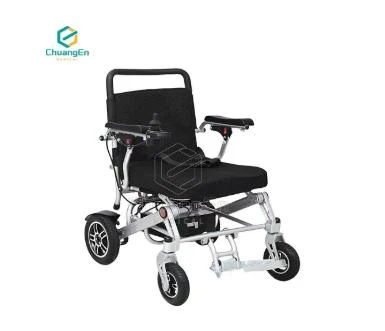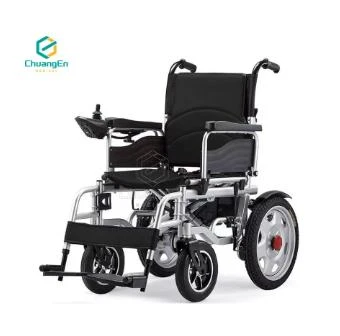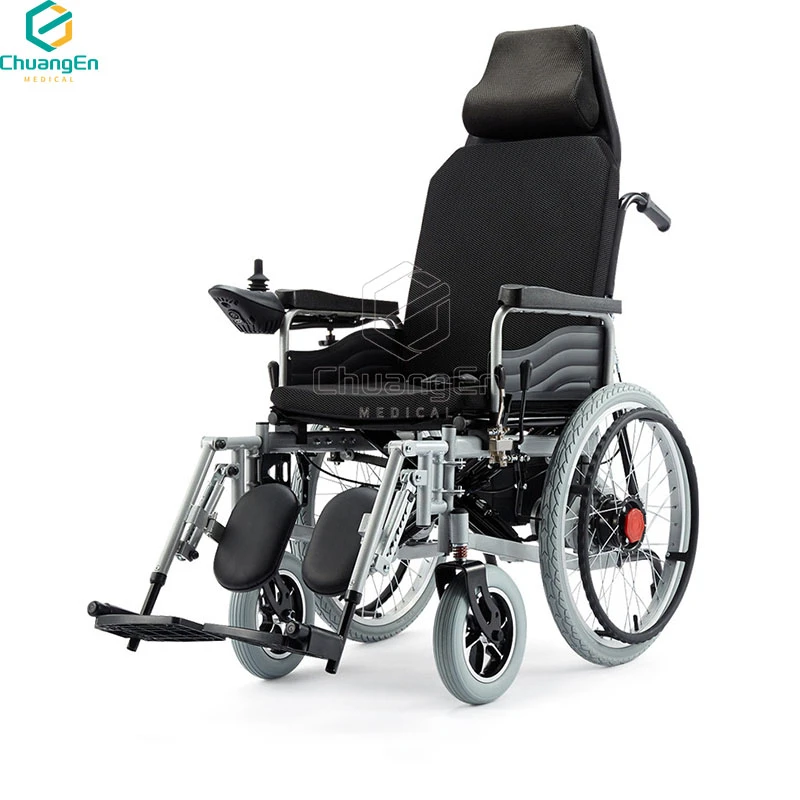- Introduction to walking aids with wheels and seat
- Market trends and statistical insights
- Technical advancements and medical benefits
- Manufacturers comparison: Pricing and specifications table
- Tailor-made solutions and customization options
- Real-world applications: Case studies from healthcare settings
- Conclusion: walking aids with wheels and seat for modern mobility needs
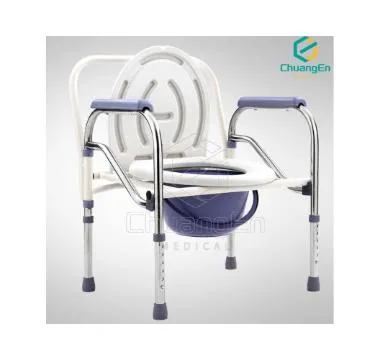
(walking aids with wheels and seat)
Introduction: walking aids with wheels and seat
Over recent years, walking aids with wheels and seat have transformed mobility assistance for elderly, disabled, and rehabilitation patients around the world. These advanced mobility devices bridge the gap between simple walking frames and powered transport, combining maneuverability, comfort, and safety in one compact design. For users seeking both stability while walking and the option to rest when needed, a walking frame with wheels and seat becomes a pivotal medical and lifestyle upgrade. As urban populations age and personal independence becomes a key quality-of-life measure, the demand for mobility aids with combined seating and rolling elements continues to surge. This article guides you through the latest data, technological features, comparative manufacturer insights, bespoke solution offerings, and real-world use cases, helping care providers and consumers make informed choices.
Market Trends and Statistical Insights
The global market for mobility aids, particularly for devices such as medical walker with seat and wheels, is poised for exponential growth. According to a report by Global Market Insights Inc., the walking aids sector surpassed $3.2 billion in 2023 and is projected to expand at a 6.8% CAGR through 2030. Europe and North America account for nearly 55% of the market share. Notably, over 65 million people worldwide rely on advanced rollators or similar apparatus annually, highlighting the critical role these products play in supporting both in-home and institutional mobility. Key demographic drivers include an increasing aging population—estimated to reach 1.6 billion by 2050—as well as escalations in chronic conditions like arthritis and post-operative rehabilitation needs. Consumer surveys rank stability, comfort, and adaptability as top purchase considerations, directly influencing product innovation cycles.
Technical Advancements and Medical Benefits
Modern walking frame with wheels and seat designs integrate cutting-edge materials such as lightweight aluminum alloys, carbon fiber composites, and non-slip thermoplastic elastomers. Many models now feature ergonomic handgrips, height-adjustable frames catering to a vast range of user profiles, and advanced suspension wheels for smoother rides on diverse surfaces. Leading-edge medical walker with seat and wheels may accommodate body weights up to 300 lbs (136 kg) and offer lockable brakes, padded backrests, and fold-flat portability. According to clinical studies in rehabilitation journals, patients using wheeled walkers with built-in seats show a 29% reduction in fall risk and a 47% improvement in walking endurance during therapy sessions compared with non-wheeled alternatives. Further, seating options integrated into walkers enable safer, more frequent rest, thus increasing the total daily mobility range by an average of 2.1 kilometers among elderly cohorts.
Manufacturers Comparison: Pricing and Specifications Table
Selecting the optimal walking aids with wheels and seat requires evaluating leading manufacturers against technical benchmarks and price points. The table below compares four top brands for 2024 based on core parameters. All data reflects latest catalogue offerings and retail pricing.
| Brand | Frame Material | Weight Capacity | Seat Width | Product Weight | Adjustable Height | Brake System | Price (USD) |
|---|---|---|---|---|---|---|---|
| Drive Medical Nitro DLX | Aluminum | 300 lbs (136 kg) | 18 in (45 cm) | 21 lbs (9.5 kg) | 33-39 in (84-99 cm) | Dual Loop Brakes | $299 |
| NOVA Traveler 3 | Carbon Fiber | 250 lbs (113 kg) | 17 in (43 cm) | 14.5 lbs (6.6 kg) | 32-36 in (81-91 cm) | Feather-Touch Brakes | $365 |
| Medline Steel Rollator | Steel | 350 lbs (159 kg) | 16 in (41 cm) | 19 lbs (8.6 kg) | 31-37 in (79-94 cm) | Push-to-Lock Brakes | $129 |
| Hugo Elite | Aluminum | 300 lbs (136 kg) | 17.5 in (44.5 cm) | 18 lbs (8.2 kg) | 29.5-38 in (75-97 cm) | Easy-Squeeze Brakes | $249 |
The choice involves balancing durability, comfort, and transport convenience against cost. Carbon fiber models exhibit ultra-lightweight design but at a premium, while steel prioritizes robustness.
Tailor-made Solutions and Customization Options
As the diversity of user needs becomes increasingly apparent, custom walking aids with wheels and seat are evolving from niche products to mainstream healthcare assets. Wheel size (ranging from 6" to 10"), handgrip contouring, extra-wide seats, and adjustable lumbar supports are now common options. Some manufacturers offer adaptors for oxygen tanks or attachable trays, beneficial for home care or rehabilitation settings. Recent innovations include quick-release fold mechanisms allowing compact car boot transport in less than 6 seconds, as well as IoT-enabled models equipped with real-time activity tracking via Bluetooth apps—for both patient monitoring and physiotherapist feedback.
For patients with post-stroke weakness or degenerative disorders like Parkinson's, personalized gait stabilizers and laser guidance features can be incorporated to foster safe, ambient navigation. Clinical customization ensures that the medical walker with seat and wheels is not just a generic aid but a tailored mobility extension, maximizing user confidence and engagement in their environment.
Real-world Applications: Case Studies from Healthcare Settings
The clinical utility and versatility of walking frame with wheels and seat are evidenced by numerous successful implementations across the healthcare sector. In a major geriatric hospital in Dallas, Texas, the introduction of wheeled walkers with integrated seats led to a 52% decrease in fall-related incidents among high-risk inpatients over a 12-month period, as reported by the hospital’s patient safety board. Similarly, a UK-based rehabilitation center observed a 40% reduction in time-to-recovery among orthopedic patients after introducing walking aids with seats, compared to traditional static frames.
Community surveys highlight improved patient satisfaction—over 89% of users report they feel “much safer” navigating crowded or uneven areas with modern mobility aids. In addition, outpatient clinics in Japan employ Bluetooth-enabled walkers to remotely monitor elderly users’ activity, which resulted in a 34% reduction in emergency call-outs. These case studies underline not only the convenience and autonomy provided by walking aids but also their critical role in reducing healthcare system loads and optimizing patient outcomes.
Conclusion: walking aids with wheels and seat for modern mobility needs
Walking aids with wheels and seat have fundamentally reshaped what it means to age and rehabilitate with dignity and independence. By merging technical innovation, robust safety testing, and user-centric design, these devices meet the evolving challenges of a global demographic shift towards older and mobility-impaired communities. With manufacturer competition driving further advancements and custom solutions expanding accessibility, selecting an ideal model—whether a walking frame with wheels and seat or another variant—depends on a data-driven evaluation of user needs, clinical requirements, and real-world performance.
As the mobility landscape continues to change, medical walker with seat and wheels stand at the forefront of this transformation, offering users and their carers solutions that are practical, adaptable, and future-ready.
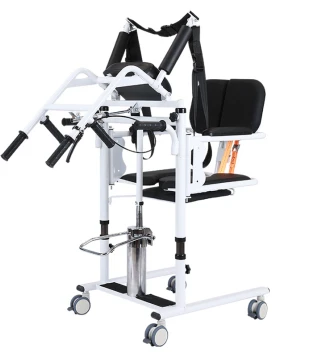
(walking aids with wheels and seat)





